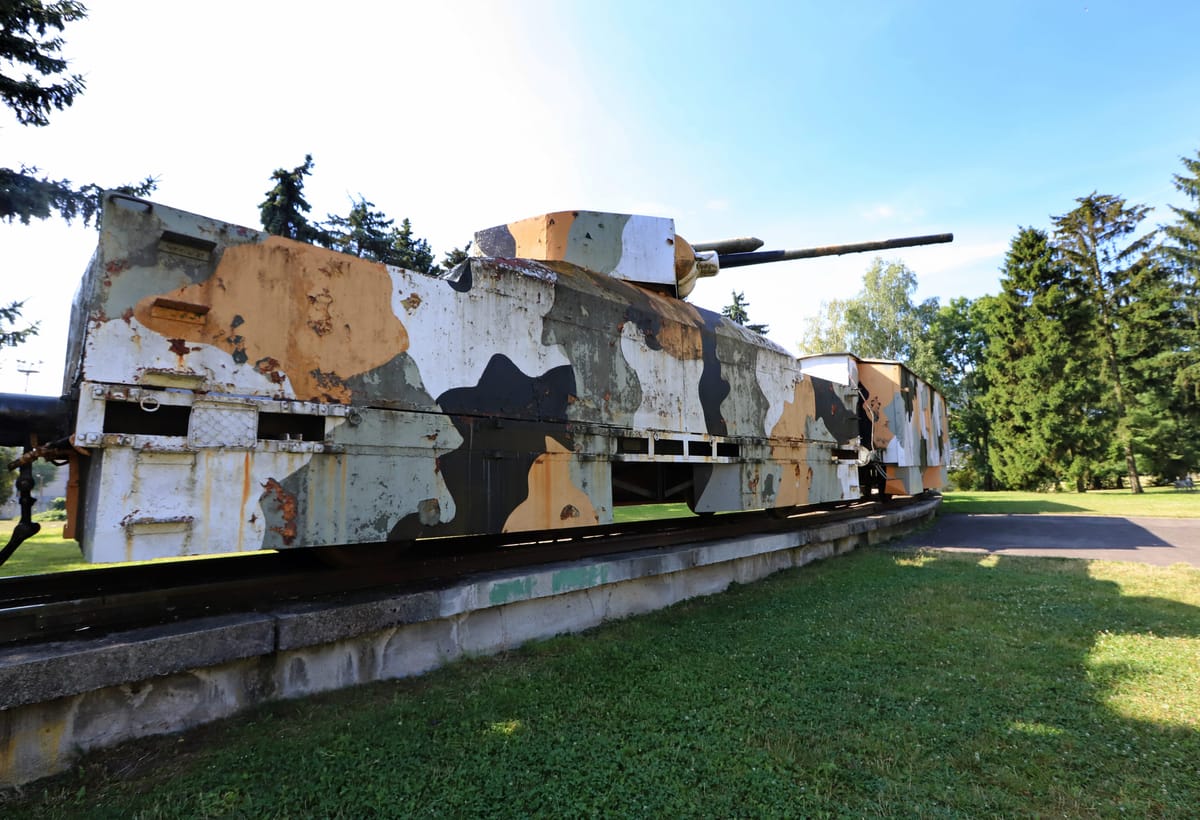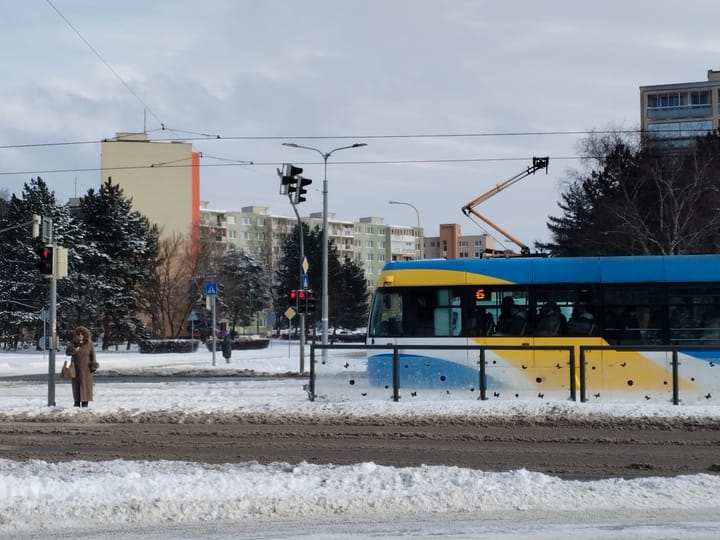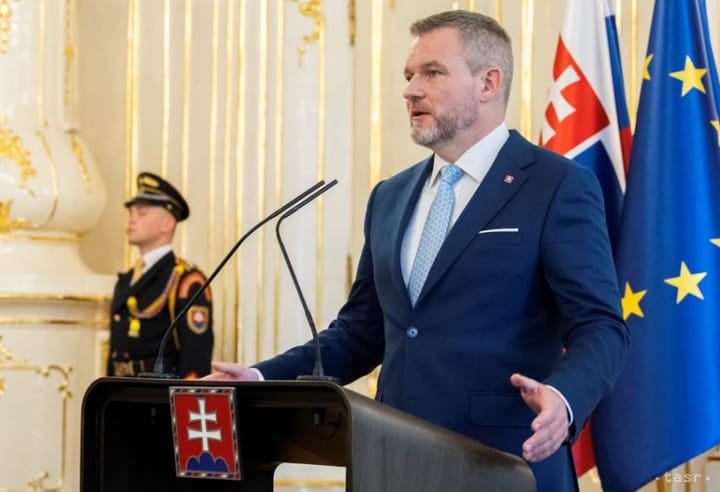Armoured Train in Zvolen Documents Railway Workers' Role in Uprising
A national cultural monument, an armoured train in the park below Zvolen Castle, documents the role of railway workers in the Slovak National Uprising (SNP), Lubica Milanova of the Zvolen municipal office has told TASR.

Zvolen, August 27 (TASR) - A national cultural monument, an armoured train in the park below Zvolen Castle (Banska Bystrica region), documents the role of railway workers in the Slovak National Uprising (SNP) and at the same time reminds us of the importance of armoured trains in the defence of insurgent territory, Lubica Milanova of the Zvolen municipal office has told TASR.
Milanova said that it's a replica of the improvised 'Hurban' armoured train from 1944 and that it was made for a Slovak film directed by Martin Tapak called 'A Day That Won't Die' and was also used by a Russian director in his movie 'Communists'. "It was manufactured at the beginning of the 1970s at Turcianske Engineering Works in Martin (Zilina region) and at the Railway Repair and Engineering Works in Zvolen. After filming ended, the replica of the train was handed over to the town of Zvolen," she said.
Reconstructions of real SNP battles will take place in Zvolen in late August. "We chose the topic of armoured trains to point out that a replica of one of them is decaying below the castle. If it is to continue to remind us of the famous SNP history, help from the state is necessary to finance its repair," said Zvolen mayor Vladimir Manka, adding that full reconstruction would cost almost €800,000. "However, this doesn't fit with any financing scheme we've applied for, so we'll try to obtain at least a smaller subsidy for essential repairs," he stressed.
In reaction, the Defence Ministry has told TASR that the film replica of the train is the property of the town of Zvolen. It noted that it announces calls to submit applications for subsidies every year and that these can be provided for historical and cultural heritage dealing with military history.



